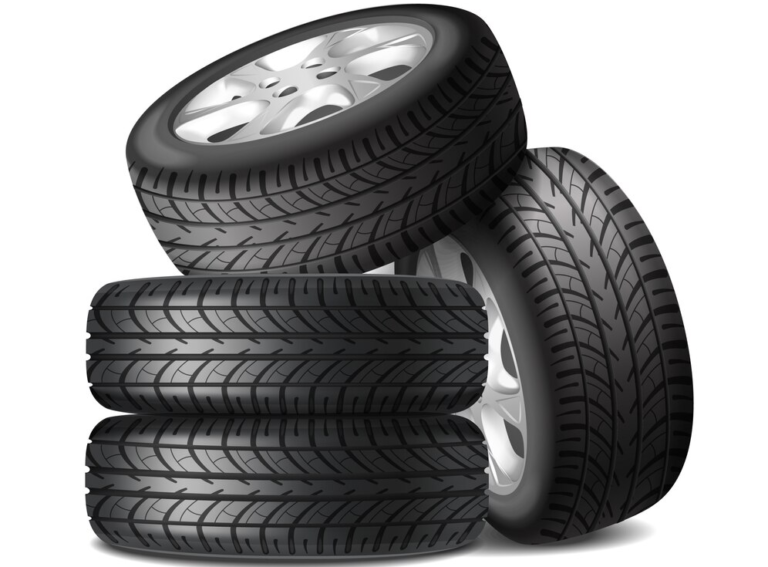Tire rotation is a routine maintenance practice that involves moving tires from one position to another on a vehicle to ensure even tread wear. This process helps extend tire life, maintain balanced handling, and improve overall safety. Tire rotation patterns vary depending on whether a vehicle is front-wheel drive, rear-wheel drive, or all-wheel drive, and they may also depend on the type of tires used. Here’s a breakdown of why tire rotation is essential, when to do it, and how it benefits your vehicle.

Why Tire Rotation is Important
- Even Tread Wear
Different tires on a vehicle wear at varying rates due to their position. For example, front tires on a front-wheel-drive car experience more friction during steering, accelerating, and braking, leading to faster wear than rear tires. Regular tire rotation distributes wear more evenly, leading to a longer lifespan for all tires. - Improved Handling and Safety
Unevenly worn tires can affect vehicle handling, especially in adverse weather conditions. Keeping tires rotated allows for consistent traction across all four tires, improving stability, especially in wet or slippery conditions. - Better Fuel Efficiency
Worn tires create more rolling resistance, which can reduce fuel efficiency. By rotating your tires, you maintain optimal tread depth on all tires, reducing resistance and improving fuel economy. - Extended Tire Life
Regular rotation maximizes tire life by allowing each tire to serve in all positions on the vehicle, promoting uniform wear.
When to Rotate Tires
The recommended interval for tire rotation is generally every 5,000 to 7,500 miles, though this can vary depending on the vehicle’s make, model, and driving habits. Many manufacturers include tire rotation schedules in the owner’s manual, and some tires may have specific rotation requirements.
Common Tire Rotation Patterns
- Forward Cross (for front-wheel-drive vehicles): The front tires move to the back, and the rear tires cross to the opposite front sides.
- Rearward Cross (for rear-wheel and four-wheel-drive vehicles): The rear tires move to the front, and the front tires cross to the opposite rear sides.
- X-Pattern: All four tires switch positions in an X-pattern. This is commonly used for front-wheel-drive vehicles.
- Side-to-Side: For directional tires (tires designed to roll in one direction), tires are rotated from left to right, staying on the same side of the vehicle.
How to Know if Tire Rotation is Needed
- Uneven Tread Wear: If you notice that the tread is wearing down unevenly across different tires, it’s a strong indication that rotation is due.
- Vibrations While Driving: Uneven tire wear can cause vibrations, particularly at higher speeds.
- Steering Pull: If your vehicle pulls to one side, unevenly worn tires may be contributing to the issue, and rotation or alignment may be necessary.
Benefits of Regular Tire Rotation
- Cost Savings: Rotating tires can delay the need for replacement, saving money in the long run.
- Enhanced Vehicle Performance: Balanced tire wear leads to smoother rides and consistent handling.
- Reduced Risk of Blowouts: By maintaining even tread, you minimize the risk of weak spots that could lead to blowouts.
Tire rotation is a simple yet effective maintenance practice that significantly contributes to vehicle performance and safety. Regularly scheduled rotations, combined with tire pressure checks and alignment, help ensure your vehicle operates smoothly and safely.




